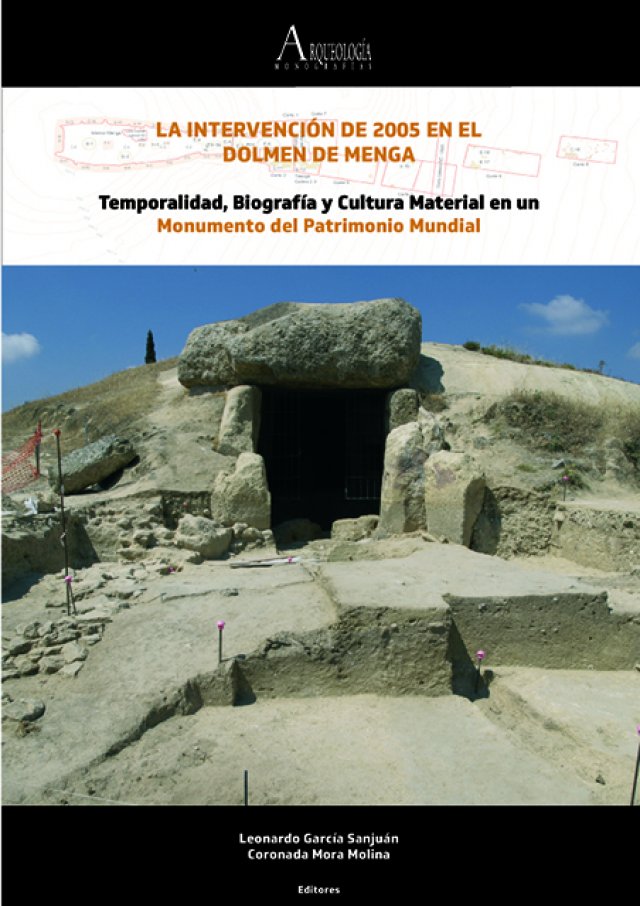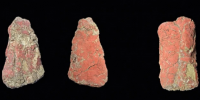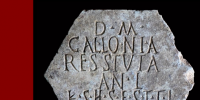We publish a new monograph, titled ‘The 2005 Excavation at the Menga Dolmen. Temporality, Biography and Material Culture in a World Heritage Monument’. This book, co-published by the University of Sevilla and the Ministry of Culture of the Andalusian Regional Government results from the projects ‘Nature, Society and Monumentality: High-Resolution Archaeological Research into the Megalithic Landscape of Antequera (HAR 2013-45149-p) (2014-2017), part of the national R + D plan of the Spanish Government’s Ministry of Economy and Competitiveness, and ‘Societies, Territories and Landscapes in the Prehistory of the Lands of Antequera (Málaga)’, (2013-2018) approved by the Andalusian Regional Government.



